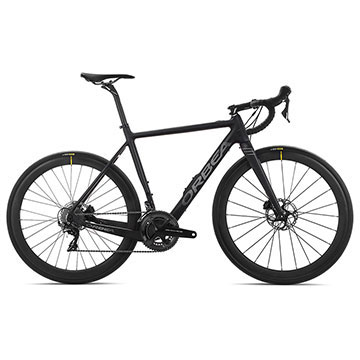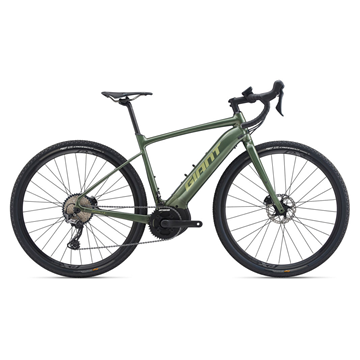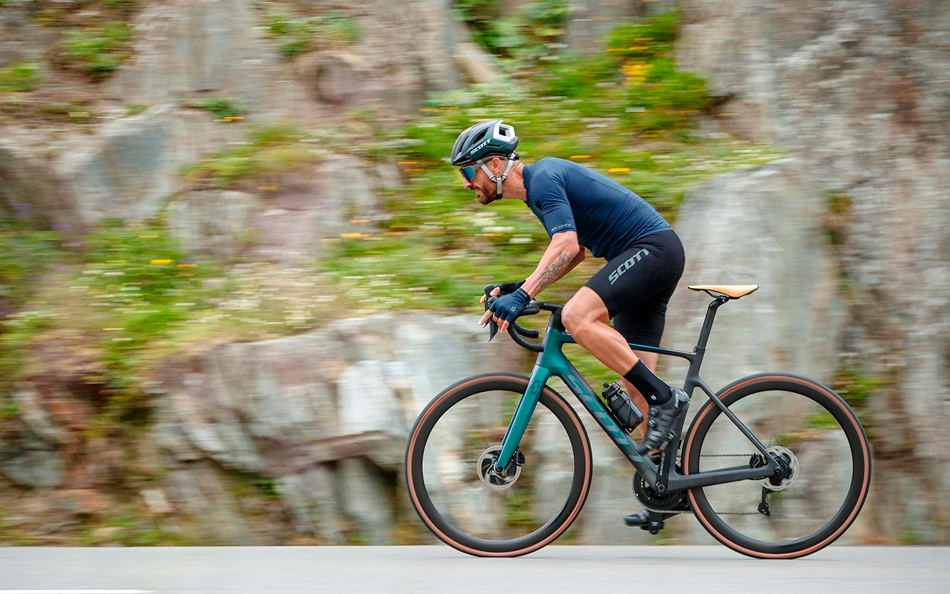 Scott Addict eRide Premium
Scott Addict eRide PremiumDespite the open debate with its detractors, electric bikes are consolidating and gaining market share rapidly. After astonishing advances in urban cycling and MTB, manufacturers have turned their attention to the road and Gravel segments and have achieved models with very reduced weights, exceptional features, and aesthetics increasingly similar to conventional bikes.
Why an electric road or Gravel bike
The most important advantages that explain the rise of electric bikes have already been discussed in previous articles, and we briefly summarize them:
-
You choose the level of effort, as the assistance is adjustable. This makes them suitable for all types of cyclists, from the most demanding to the recreational ones who seek a kinder and more peaceful cycling experience.
-
They allow us to surpass our limits, whatever they may be. For some it will be the limits imposed by injuries, illnesses, lack of time to train, etc., and for others, it’s about going further, higher, or faster on their rides.
-
They allow riders of different levels to share experiences: couples, parents and children, friends with limitations due to lack of time or ailments, etc. The assistance can level the differences, making it possible for everyone to enjoy more.
And specifically in the case of road and Gravel cycling
-
They allow many cyclists to still reach high mountain passes which become extremely hard or unattainable objectives due to their age, physical condition, or health issues.
-
They bring those infinite horizons a bit closer of our spectacular geography.
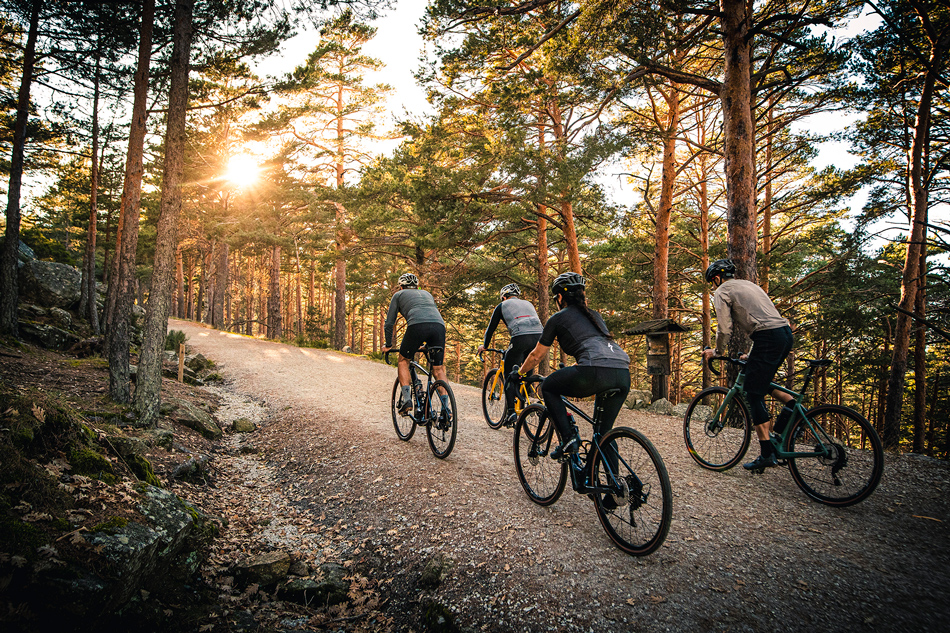 Specialized Turbo Creo SL EVO
Specialized Turbo Creo SL EVOWithout a doubt, these are attractive enough reasons for an increasing number of cyclists to choose this type of bikes, although they also have some drawbacks, such as the dependence on the electrical supply and the limitations imposed by legal regulations.
Legal regulations regarding electric bicycles
We recall the requirements that electric assistance bicycles must meet to be legally equipped like conventional bicycles:
- Do not exceed a power of 250 W.
- It must be necessary to pedal for the auxiliary motor to assist in pedaling.
- The assistance must be suspended upon exceeding a speed of 25 km/h.
Its approval is regulated by the UNE-EN 15194:2009 standard, and when complied with, they are subject to the same regulations as conventional bikes and are exempt from registration, insurance, driving license, and vehicle excise duty.
Who are road and Gravel electric bikes for?
These legal limitations are decisive in the nature of this type of bikes and allow us to outline the profile of the cyclist who will most enjoy them.
On moderate and steep climbs, they will enable us to climb at speeds unthinkable for an average enthusiast without assistance, and on these terrains, they will spectacularly increase our average speed and above all, our level of satisfaction. We will be able to share these kinds of rides without problems with much fitter cyclists.
On favorable terrain, on the other hand, since they cut off assistance from 25 km/h and with added weight, it will be difficult to keep up with the pace of stronger cyclists with lighter conventional bikes, which easily exceed averages of 30 km/h at the enthusiast level.
Everything makes them highly recommended for cyclists who want to enjoy road and Gravel cycling without the limitations imposed by their physical condition or those looking to increase the elevation or length of their usual routes without sacrificing more training time. However, if we think of them for sharing routes with fitter cyclists, we must take into account their limitations. Only on terrains with a lot of accumulated elevation will the assistance be decisive in compensating for significant differences with the average level of a very strong group. In MTB this is different, as the usual speeds are lower, but on road and Gravel, with the speeds that are reached, we must be clear about the goals we pursue with our electric assist bike. By doing so, we will enjoy all the advantages they offer, which are many.
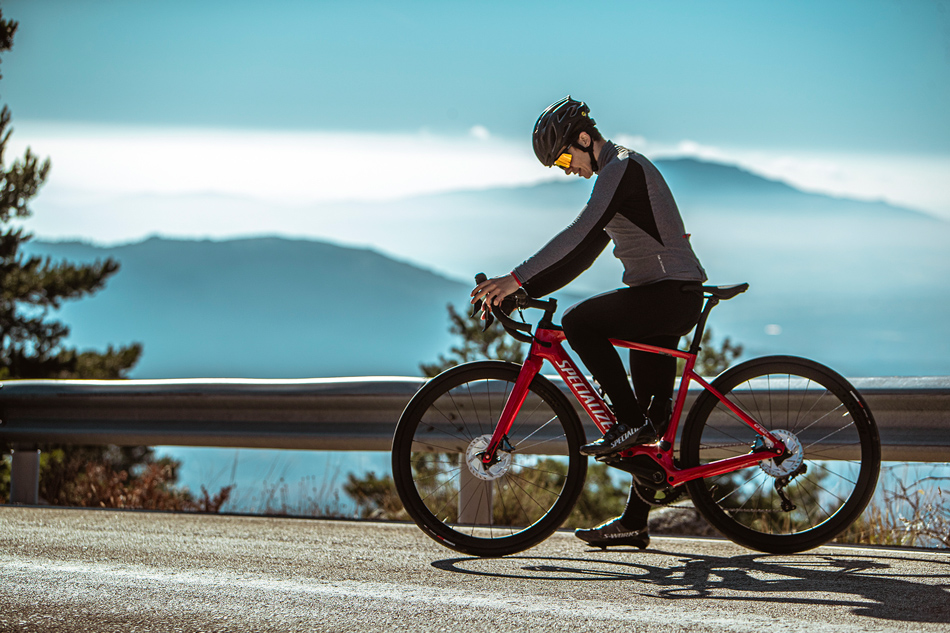 Specialized Turbo Creo SL
Specialized Turbo Creo SLMotors and batteries
In electric bikes for road and Gravel, the leading models opt for lightness sacrificing the performance of motors and batteries, compared to those usual in MTB bikes. In the high-end models, total weights between 12 and 13 kg have already been achieved, with the record held by the Scott Addict eRide Premium which so far has the lowest weight of an assisted road bike with 10.750 kg, including motor and internal battery.
Maximum power outputs are even below the 250W imposed by the regulations in some cases, and the torque is also between 35-40 Nm, far from the 90 Nm of the most powerful eMTB models. Battery capacities range between 300 and 500 W/h, although higher-end models offer additional batteries that are usually located in the bottle cage. But these features, combined with their lightweight and significant improvements in motor management, are sufficient for these disciplines and achieve surprising ranges.
We extensively analyze everything related to electrical components in this article about How to choose an electric bike and in the video about How to choose the motor of an ebike. In this article, we are only going to delve into the types of motors by their location on the bike and the impact they have on design and performance.
The position of the motor in road and Gravel bikes is usually central or rear:
-
Central. This is the most widespread. Its location in the bottom bracket has several advantages: the integration of the assistance and the force generated by the cyclist is more fluid and direct, and the riding sensations are much more similar to those of a conventional bike, with greater stability and safety. Also, it allows the assistance start sensor to be torque-based, which makes it activate almost immediately, resulting in more agile bikes.
-
Rear. The motor is integrated into the hub of the rear wheel. The disadvantages are that they modify the bike's inertia slightly during riding and that the sensor activating the assistance is motion-based, delaying the motor's response. The advantage is that they leave the frame unobstructed, allowing the same aesthetics as traditional frames, and, by changing the rear wheel and removing the battery, we can convert the e-bike back into a conventional bike. The best-selling model with this type of motor is the Orbea Gain.
Recommended Models
-
Scott Addict eRide with the record weight of 10.750 kg in its Premium version

-
Specialized Turbo Creo SL road bike, with its EVO version for Gravel, which you can see in action in this video.
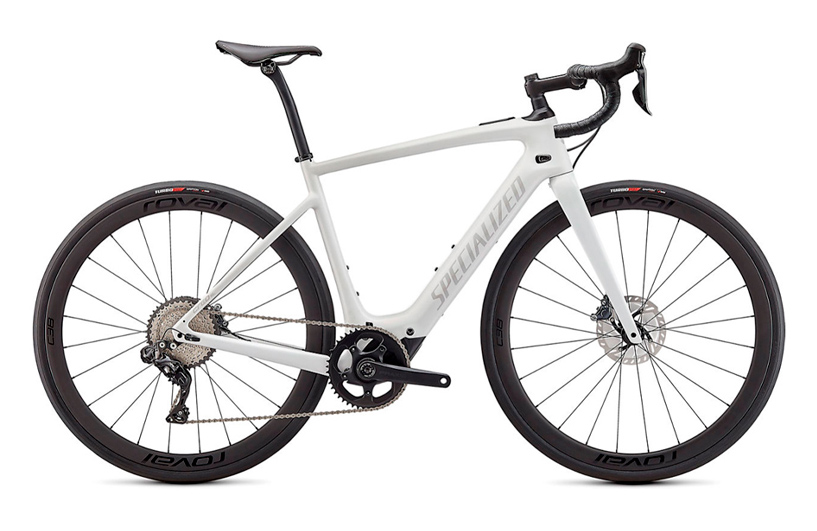
-
Orbea Gain, with its rear hub motor, has the look and drivetrain of a conventional bike
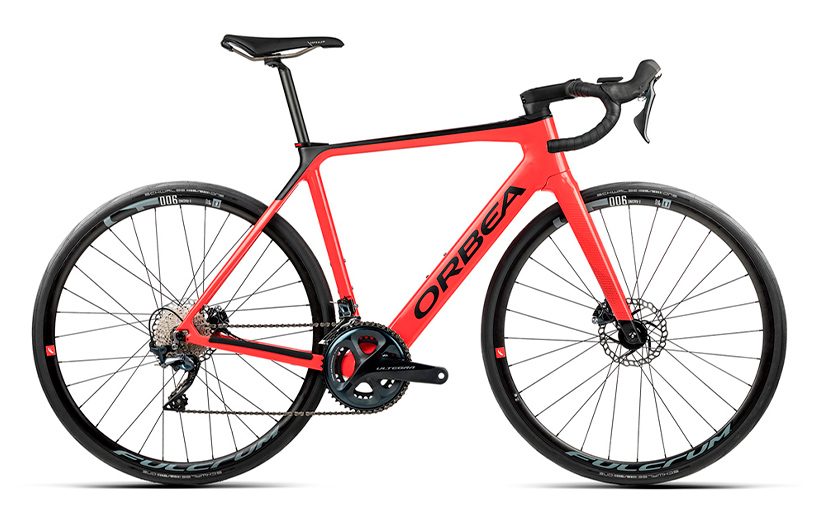
-
Cannondale Topstone Neo Carbon for Gravel
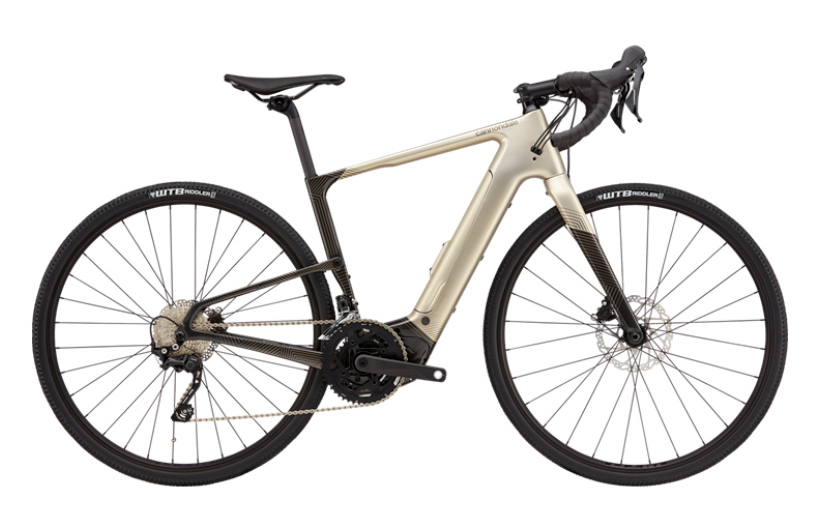
But you can find many more road and Gravel electric bikes at Mammoth stores and on our online store mammothbikes.com.
Our electric bike brands are Specialized, Scott, Giant, Liv, Orbea, Cube, Mondraker, Cannondale, Santa Cruz, Mérida, BH, Conor, Megamo, Look, SixBike, Brompton, Ryme Bikes, Bergamont, Littium, and Xiaomi.
More information in other related articles and videos:
- How to choose an electric bike
- 5 common myths about electric bikes
- Electric Bikes: Tips for Use and Battery Life
Standard Extrusion Aluminium Profile Or Pipe
Standard Aluminium pipe,Standard Extrusion Aluminium Profile,Aluminium Standard Extrusion Profile
Tianjin Alcoa International Trade Co., Ltd. , https://www.tjalcoa.com
